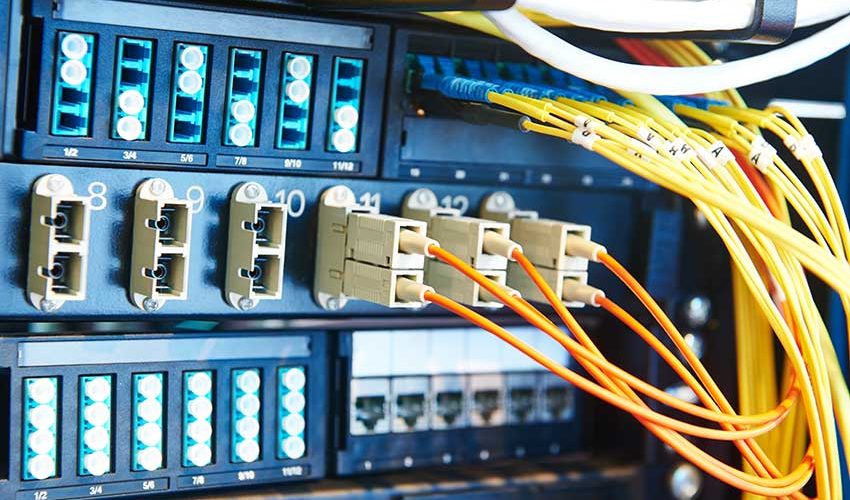This is one of the most common questions asked by our client when looking to install Fiber Cable. Should I use Single mode or Multimode Fiber? Which fiber type is better for my business or which one gives me the best output?
Single Mode Fiber has a relatively narrow diameter, through which only single-mode will propagate typically 1310 or 1550nm. This type of fiber carries higher bandwidth than multimode fiber, but requires a light source with a narrow spectral width. Although Single-mode is better having huge bandwidth and very low attenuation, yet it needs an expensive single-mode laser to launch light into it. Concentrated laser light sources are required to send data down single-mode fibers, and the small core diameters make connections expensive. Traditionally multimode fiber is good enough for data communications with a capacity to send over 100Mb/s over 2km when driven by a relatively cheap light-emitting diode, LED. Single-mode fibers have cores that are so small that only a single pathway for the light is possible. Single-mode fibers are usually used in long-distance transmissions or in backbone cables, so you find them in both outdoor and indoor cables. This fiber is typically used in long-distance, higher bandwidth runs by Telcos, Colleges and Universities, mining firms and areas where longer fiber runs are required. Most single-mode cabling is color-coded yellow.
Multimode fibers, on the other hand, have larger cores; the options for the angles at which the light can enter the cable are greater, and so multiple pathways are possible. Multimode fibers are usually used in an indoor LAN environment in the horizontal cables. They are also often used in the backbone cabling where great distances are not a problem. Multimode fiber cables are able to carry more data than single-mode fibers though they are best for shorter distances because of their higher attenuation levels. The newest generations of multimode fibers can support the same high data rates as singlemode, including 40 and 100 Gbits/sec, while retaining the cost savings associated with multimode fibers.Multimode cables are generally color-coded orange or aqua. Multimode fiber comes in OM1, OM2, OM3 and OM4 capabilities. OM3 and OM4 are referred to as “laser-optimized” multimode fibers because they are specifically designed for use with high-performance, low-cost vertical-cavity surface-emitting lasers.
For more on Fiber Cabling, please contact us



